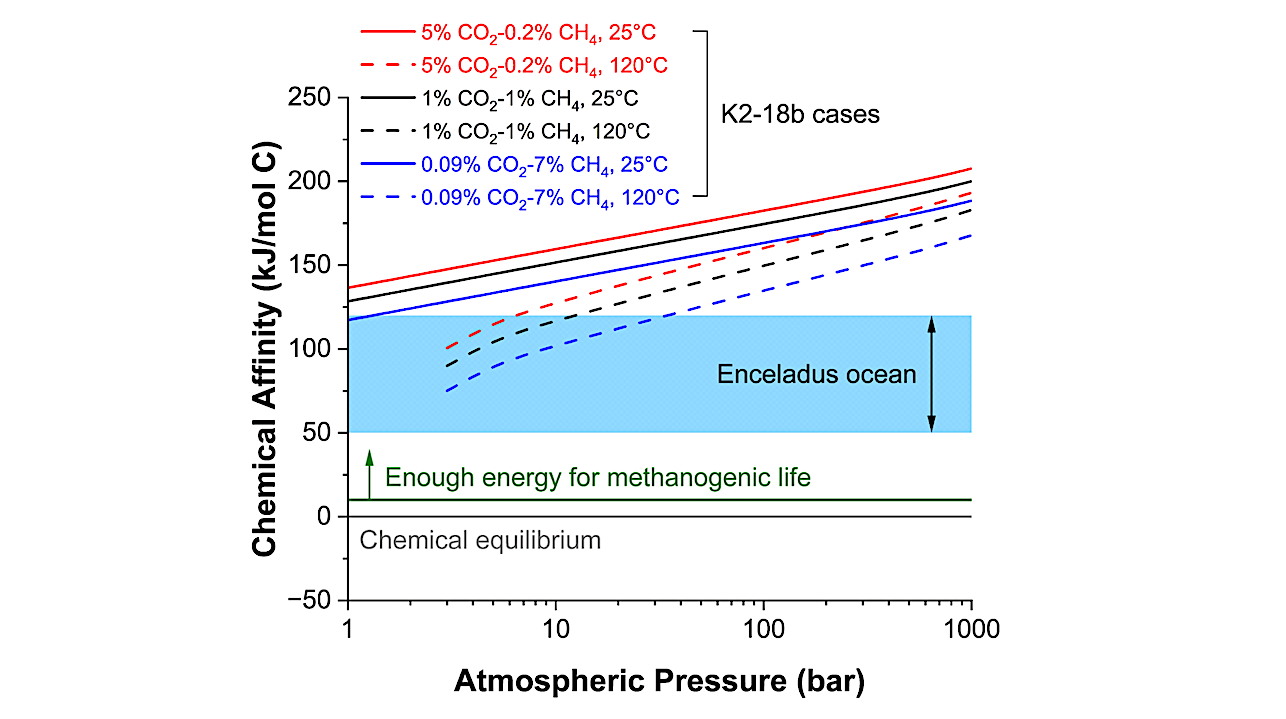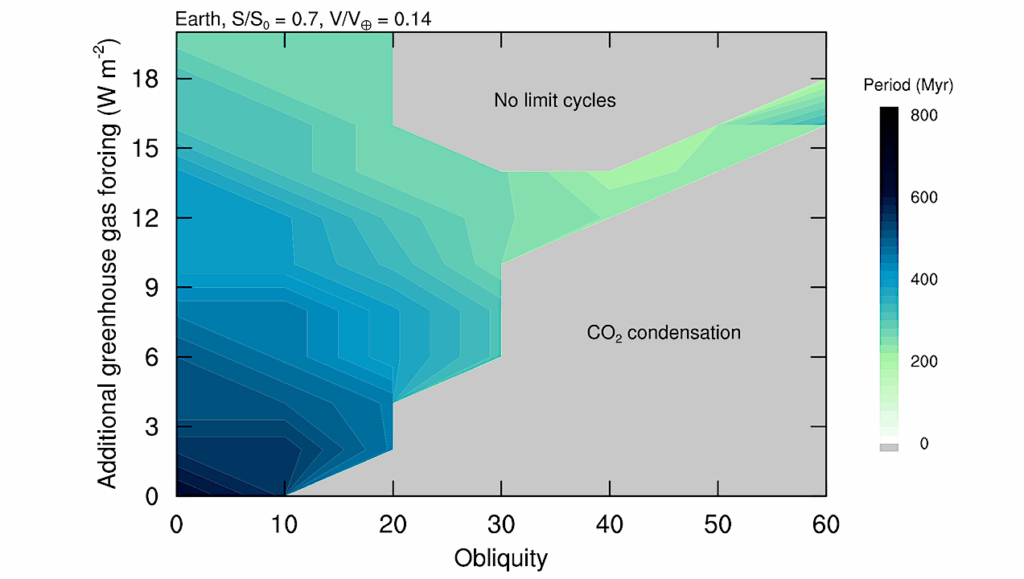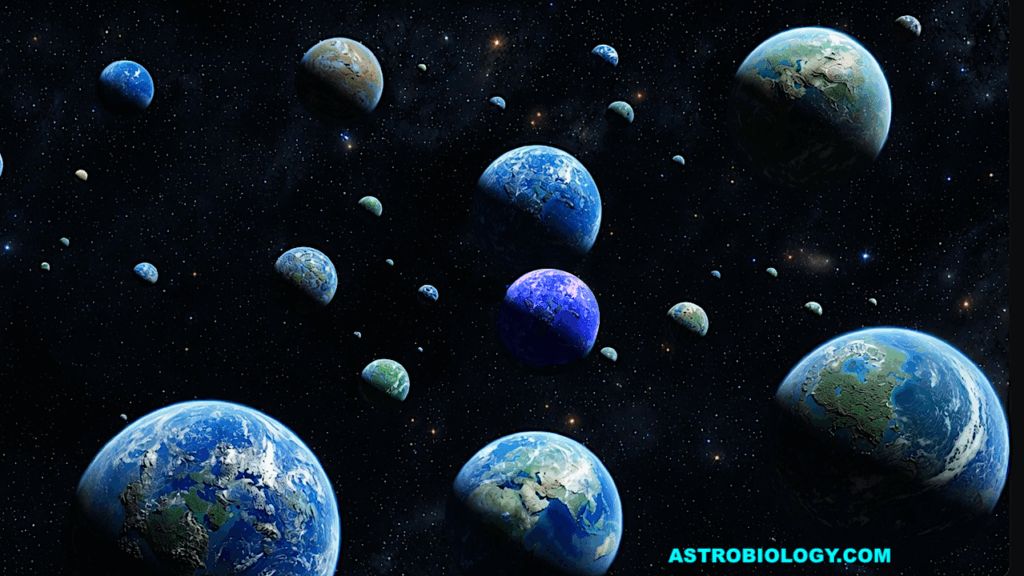The Geochemical Potential for Metabolic Processes on the Sub-Neptune Exoplanet K2-18b

Quantifying disequilibria is important to understand whether an environment could be habitable. It has been proposed that the exoplanet K2-18b has a hydrogen-rich atmosphere and a water ocean, making it a “hycean world”.
The James Webb Space Telescope recently made measurements of methane, CO2, and possibly dimethyl sulfide (DMS) in the atmosphere of this planet. The initial interpretation of these data is that they may support the occurrence of hycean conditions.
Here, I attempt to take a next step in exploring the prospects for habitability. I use constraints on the abundances of atmospheric gases to calculate how much chemical disequilibrium there could be, assuming K2-18b is a hycean world. I find that the presence of oxidized carbon species coexisting with abundant H2 (1-1000 bar) at cool to warm (25-120°C) conditions creates a strong thermodynamic drive for methanogenesis. More than ~75 kJ (mol C)−1 of free energy can be released from CO2 hydrogenation.
Partially oxidized carbon compounds such as DMS (if present) also have potential to provide metabolic energy, albeit in smaller quantities. Because of the thermodynamic instability of CO2 under hycean conditions, other reductive reactions of CO2 are likely to be favored, including the synthesis of amino acids.
Glycine and alanine synthesis can be energy-releasing or at least much less costly on K2-18b than in Earth’s ocean, even when NH3 is scarce but not totally absent. These first bioenergetic calculations for a proposed ocean-bearing exoplanet lay new groundwork for assessing exoplanetary habitability.
Christopher R. Glein
Comments: To be published in The Astrophysical Journal Letters
Subjects: Earth and Planetary Astrophysics (astro-ph.EP)
Cite as: arXiv:2403.03918 [astro-ph.EP] (or arXiv:2403.03918v1 [astro-ph.EP] for this version)
Submission history
From: Christopher Glein
[v1] Wed, 6 Mar 2024 18:27:43 UTC (875 KB)
https://arxiv.org/abs/2403.03918
Astrobiology, Astrochemistry,








